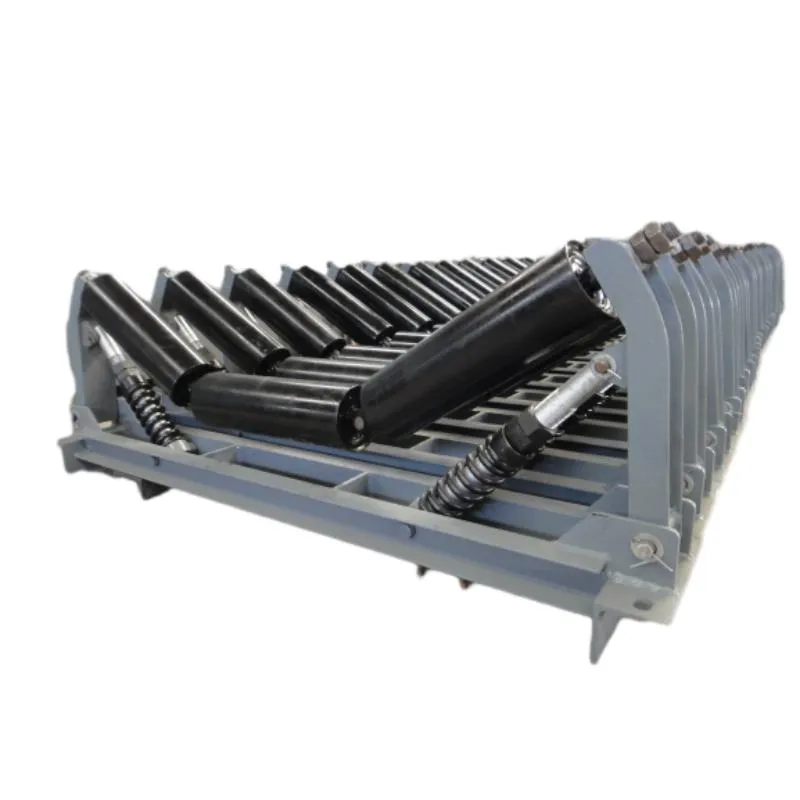 Afrikaans
Afrikaans  Albanian
Albanian  Amharic
Amharic  Arabic
Arabic  Armenian
Armenian  Azerbaijani
Azerbaijani  Basque
Basque  Belarusian
Belarusian  Bengali
Bengali  Bosnian
Bosnian  Bulgarian
Bulgarian  Catalan
Catalan  Cebuano
Cebuano  Corsican
Corsican  Croatian
Croatian  Czech
Czech  Danish
Danish  Dutch
Dutch  English
English  Esperanto
Esperanto  Estonian
Estonian  Finnish
Finnish  French
French  Frisian
Frisian  Galician
Galician  Georgian
Georgian  German
German  Greek
Greek  Gujarati
Gujarati  Haitian Creole
Haitian Creole  hausa
hausa  hawaiian
hawaiian  Hebrew
Hebrew  Hindi
Hindi  Miao
Miao  Hungarian
Hungarian  Icelandic
Icelandic  igbo
igbo  Indonesian
Indonesian  irish
irish  Italian
Italian  Japanese
Japanese  Javanese
Javanese  Kannada
Kannada  kazakh
kazakh  Khmer
Khmer  Rwandese
Rwandese  Korean
Korean  Kurdish
Kurdish  Kyrgyz
Kyrgyz  Lao
Lao  Latin
Latin  Latvian
Latvian  Lithuanian
Lithuanian  Luxembourgish
Luxembourgish  Macedonian
Macedonian  Malgashi
Malgashi  Malay
Malay  Malayalam
Malayalam  Maltese
Maltese  Maori
Maori  Marathi
Marathi  Mongolian
Mongolian  Myanmar
Myanmar  Nepali
Nepali  Norwegian
Norwegian  Norwegian
Norwegian  Occitan
Occitan  Pashto
Pashto  Persian
Persian  Polish
Polish  Portuguese
Portuguese  Punjabi
Punjabi  Romanian
Romanian  Russian
Russian  Samoan
Samoan  Scottish Gaelic
Scottish Gaelic  Serbian
Serbian  Sesotho
Sesotho  Shona
Shona  Sindhi
Sindhi  Sinhala
Sinhala  Slovak
Slovak  Slovenian
Slovenian  Somali
Somali  Spanish
Spanish  Sundanese
Sundanese  Swahili
Swahili  Swedish
Swedish  Tagalog
Tagalog  Tajik
Tajik  Tamil
Tamil  Tatar
Tatar  Telugu
Telugu  Thai
Thai  Turkish
Turkish  Turkmen
Turkmen  Ukrainian
Ukrainian  Urdu
Urdu  Uighur
Uighur  Uzbek
Uzbek  Vietnamese
Vietnamese  Welsh
Welsh  Bantu
Bantu  Yiddish
Yiddish  Yoruba
Yoruba  Zulu
Zulu Drive Pulley Shaft Design for Optimal Performance and Efficiency in Machinery Applications
The Drive Pulley Shaft An Integral Component in Mechanical Systems
A drive pulley shaft is a critical component in numerous mechanical systems, functioning as a crucial link that transmits power from one part of a machine to another. Its importance cannot be overstated, as it plays a significant role in ensuring the efficiency and effectiveness of various operations in machinery, ranging from automotive to industrial applications.
At its core, a drive pulley shaft serves to connect a pulley to a motor, enabling the transfer of rotational energy. When a motor rotates its shaft, the attached pulley turns, creating motion that can be harnessed to drive belts, gears, or other components in a mechanical system. This setup is indispensable in systems where motion needs to be transmitted over a distance or where torque amplification is necessary.
The design of a drive pulley shaft is paramount in ensuring that it can withstand the forces exerted during operation. Typically, these shafts are made from durable materials such as steel, aluminum, or high-strength plastics, which can endure stress while offering optimal performance. Manufacturers often consider factors such as load capacity, material hardness, and resistance to wear and tear when designing these components.
Moreover, the dimensions of the drive pulley shaft, including its diameter and length, are critical for proper function
. A shaft that is too short may not effectively transmit power, while one that is too long may introduce unnecessary flexing or vibration, potentially leading to failure. Engineers carefully calculate these dimensions based on the application and operating conditions, ensuring that the shaft can meet the required specifications.drive pulley shaft

In many applications, drive pulley shafts are subjected to regular rotational movement and, as such, must be equipped with bearings or bushings to facilitate smooth operation. These components reduce friction between the shaft and its housing, promoting longevity and efficiency. Regular maintenance, including lubrication and inspection, is vital to prevent wear and ensure that the drive pulley shaft operates optimally.
One notable application of drive pulley shafts is in automotive engines, where they are used in various drive systems, such as serpentine belts. These belts transfer power to critical components like the alternator, power steering pump, and air conditioning compressor. A malfunction in the drive pulley shaft can lead to significant issues, affecting the overall performance of the vehicle.
In industrial settings, drive pulley shafts are commonly found in conveyor systems, cranes, and other machinery that require efficient power transfer. In these scenarios, the reliability and efficiency of the drive pulley shaft directly impact production rates and operational costs. As industries increasingly focus on automation and precision engineering, the demand for high-quality drive pulley shafts continues to rise.
In conclusion, the drive pulley shaft is an essential element in various mechanical systems, functioning as a vital component that ensures efficient power transmission. Its design, materials, and maintenance play significant roles in its performance and longevity. As technology advances, the engineering of these shafts will continue to evolve, enhancing their capabilities and applications across diverse fields. Whether in the automotive industry or heavy machinery, understanding the importance of the drive pulley shaft is crucial for anyone involved in engineering and maintenance.
-
Revolutionizing Conveyor Reliability with Advanced Rubber Lagging PulleysNewsJul.22,2025
-
Powering Precision and Durability with Expert Manufacturers of Conveyor ComponentsNewsJul.22,2025
-
Optimizing Conveyor Systems with Advanced Conveyor AccessoriesNewsJul.22,2025
-
Maximize Conveyor Efficiency with Quality Conveyor Idler PulleysNewsJul.22,2025
-
Future-Proof Your Conveyor System with High-Performance Polyurethane RollerNewsJul.22,2025
-
Driving Efficiency Forward with Quality Idlers and RollersNewsJul.22,2025





























